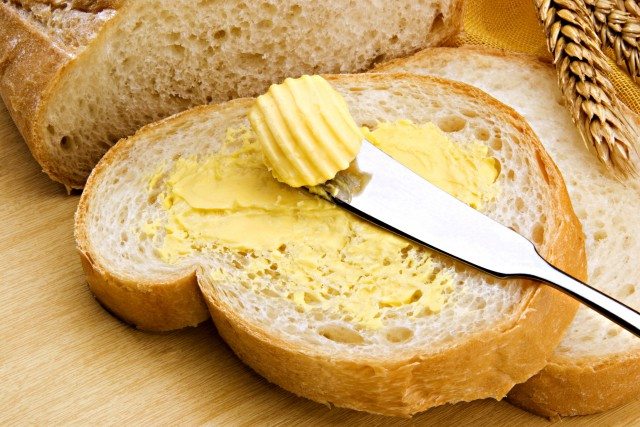Rising demand for conventional and processed food is driving the global yeast ingredients market, according to a report by Persistence Market Research.
Yeast ingredients have gained popularity in the pharmaceutical industry due to their wide application as thickening agent, fat substitute, and dietary fiber.
Hence, increasing investment in the pharmaceutical industry is expected to boost global demand for yeast ingredient products.
With increasing disposable income, consumers prefer quality processed food items, thus increasing demand for yeast ingredients, especially in the emerging markets of India and China.
According to the National Bureau of Statistics of China, annual per capita disposable income of urban households in China increased from US$2,271.0 in 2008 to US$3408.5 in 2012.
The overall annual disposable income in India increased from US$1,366.2 billion in 2010 to US$1,587.6 billion in 2013.
Also, increasing demand for yeasts in the food industry is expected to increase demand for yeast ingredients in the global market.
Increased domestic consumption of processed food in Asia is propelling yeast ingredients manufacturing companies to invest extensively in Asia.
Market by geography
Europe holds the largest market share for yeast ingredients, followed by North America and Asia Pacific.
Europe is expected to dominate the global yeast ingredients market in the forecast period.
North America is expected to witness average growth during the forecast period.
Asia Pacific is expected to witness the highest growth rate in the near future.
China is the largest producer and consumer of yeast ingredient products due to the increased domestic consumption of conventional food.
The country is providing the food processing companies to establish business setups in the local market.
Yeast 101
Yeasts are chemoorganotrophs, as they use organic compounds to source energy and do not require sunlight for growth or survival.
Yeasts are usually unicellular; although some species may be multi-cellular.
The size of yeast depends on the species.
Yeasts usually measure 3-4 µm in diameter.
However, certain yeasts reach up to 40 µm in diameter.
Yeasts reproduce asexually through mitosis (a process, in which, the chromosomes in a cell nucleus separates themselves to form two identical sets of chromosomes).
These natural ingredients are used as one of the primary food ingredients in the food processing industry.
Yeasts are used to provide taste and flavor to processed food.
Due to high nutrient content, yeasts are used as taste boosters for various processed food such as canned food, baked food, snacks, sauces, and dairy products.
Categories of yeast
Based on function, the global yeast ingredient market can be bifurcated into yeast extract (processed form of yeast created by removing cell walls from the body), yeast autolysates (processed form of yeast, but the cell walls are not removed), yeast beta glucan (yeast used to activate white blood cells such as macrophages, granulocytes, and monocytes), yeast derivatives, and others.
Yeast ingredients find major application in the food processing industry for processing canned food, snacks, and sauces.
Other major applications of yeast ingredients are in beverages, bakery, meat processing, dairy and pharmaceutical industries.
Yeast beta glucan is used as food additive, thickening agent, fat substitute, and dietary fiber.










